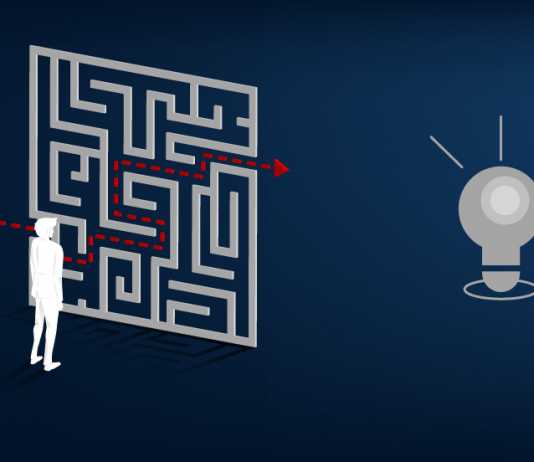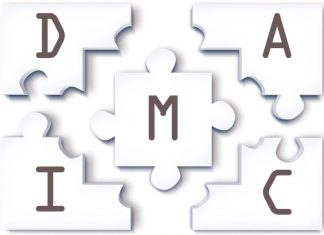Six Sigma in Pharmaceutical Industry Explained
The term "Six Sigma" refers to the statistical measure of near-perfection, intending to achieve six standard deviations between the mean and the nearest specification limit. The methodology applies to many industries and is used...
Effective Six Sigma Defect Reduction Techniques
Six Sigma is a leadership strategy guided by evidence utilizing particular methods and methodologies that contribute to fact-based decision-making. The DMAIC (Define–Measure–Analyze–Improve–Control) approach to addressing the fundamental issue of reducing procedure variability is something...
Six Sigma Methodology for Quality Improvement Explained
Six Sigma is a creative and flexible series of methodologies aimed at improving organizational process quality and effectiveness. It provides tools for companies to enhance the potential of their business processes. This increase in...
DMAIC Process in Six Sigma: Steps, Tools, and Real Examples
Every organization has moments when performance slips, defects rise, or processes take longer than they should. The question is, how do you fix what’s broken without disrupting everything that works?
That’s where the DMAIC methodology...
Understanding Six Sigma Project Selection Criteria
The Lean Six Sigma methodology is implemented to significantly improve business processes. There is an in-depth focus on reducing and eventually eliminating waste and inefficiency. Eradicating problems and improving working conditions creates a more...
Understanding Root Cause Analysis in Healthcare
There are issues present in every organization across all industries that inhibit or hinder its growth. Organizations need to come up with permanent solutions for these problems so that they do not keep resurfacing...
Comprehensive Quality Control Manager Job Description
The Quality Control Manager's job role involves supervising the staff and product development process to ensure that the product developed meets quality standards, efficiency standards, and customer satisfaction as well. They are employed in varied...
Optimize Your Supply Chain with Six Sigma Techniques
Six Sigma is a tool for optimizing operations and is focused on statistics. The fundamental principle is that this is terrible for variety. You need continuity and predictability when running a process or supply...
























